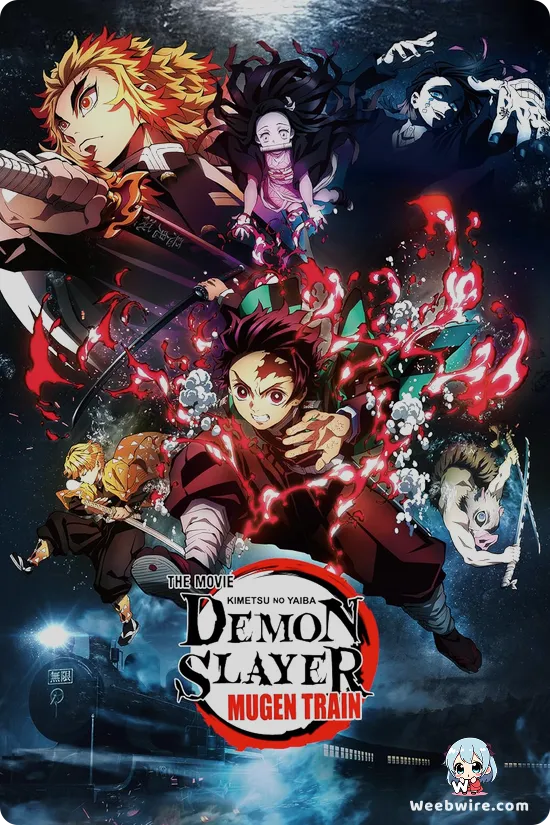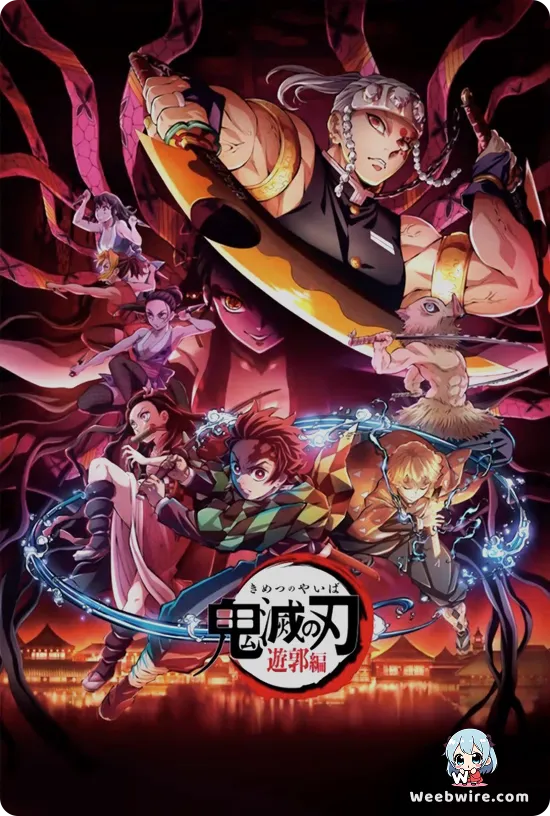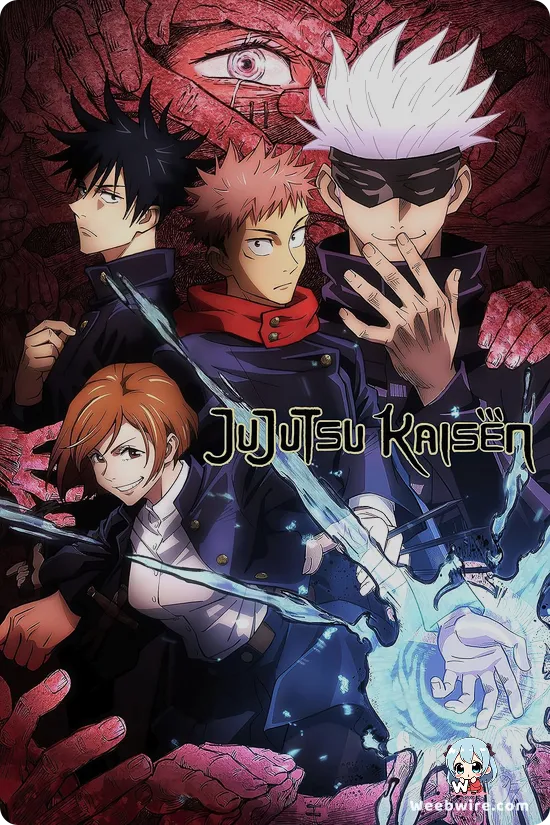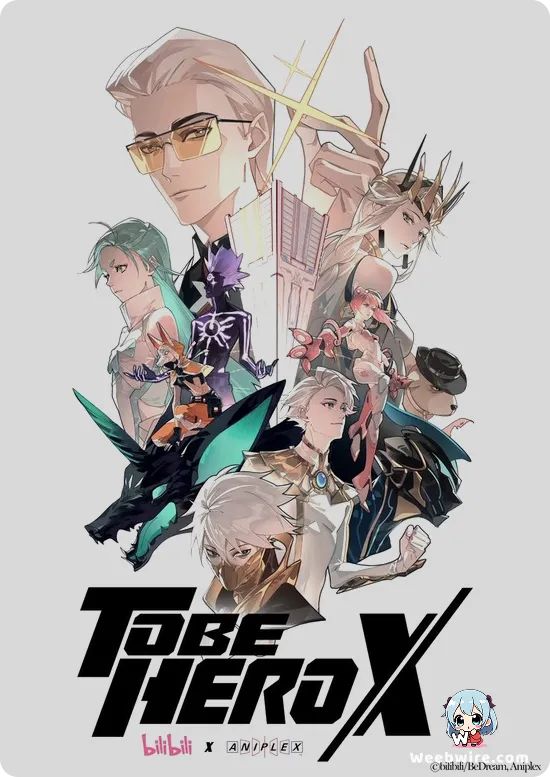Beyond the Pages: 'Death Note: Relight' Reveals Anime's Deepest Mysteries and Character Truths
While fans worldwide are intimately familiar with the high-stakes battle of wits between Light Yagami and L in the iconic Death Note anime, fewer realize the hidden depths and fascinating revelations contained within the Death Note: Relight compilation films. Released in 2007 and 2008, these cinematic re-tellings – Death Note: Relight - Visions of a God and Death Note: Relight 2 - L's Successors – are far more than mere recaps; they offer profound new perspectives that enrich the lore of the Shinigami and the human world they observe. These films serve as a crucial companion piece, deepening the understanding of the original narrative and its cosmic implications.
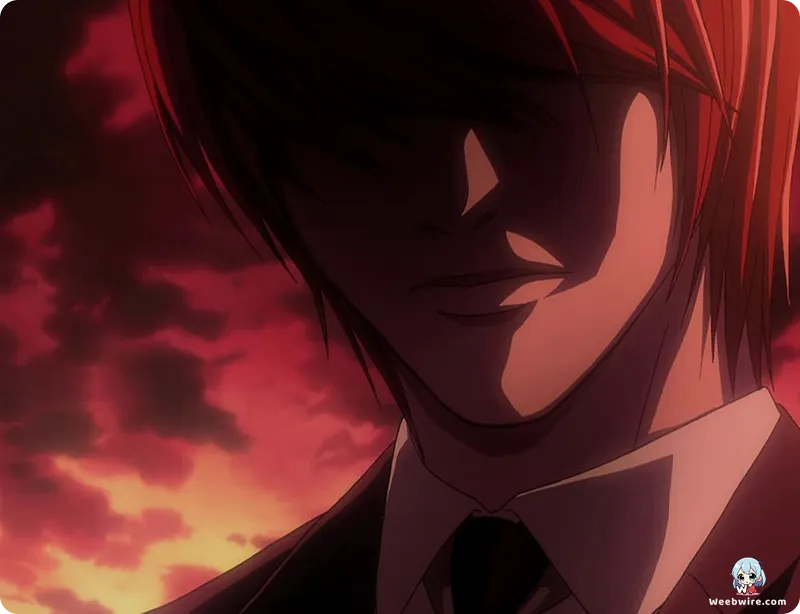
Unveiling the Shinigami's Perspective
A cornerstone of the Relight saga, particularly in Relight 2 - L's Successors, is its exclusive post-credits scene. Here, Ryuk, the Shinigami who set the narrative in motion by dropping the Death Note into the human world, converses with another Shinigami, recounting Light Yagami's full story. This brief yet impactful exchange provides a detached, cosmic retrospective on the human drama, offering a Shinigami-centric view of Light’s meteoric rise as Kira and his eventual, tragic fall. It powerfully emphasizes the Shinigami's passive observation and the cyclical nature of human ambition, adding a chilling layer of existential reflection that makes Relight films essential viewing for dedicated fans seeking a complete understanding of the universe.
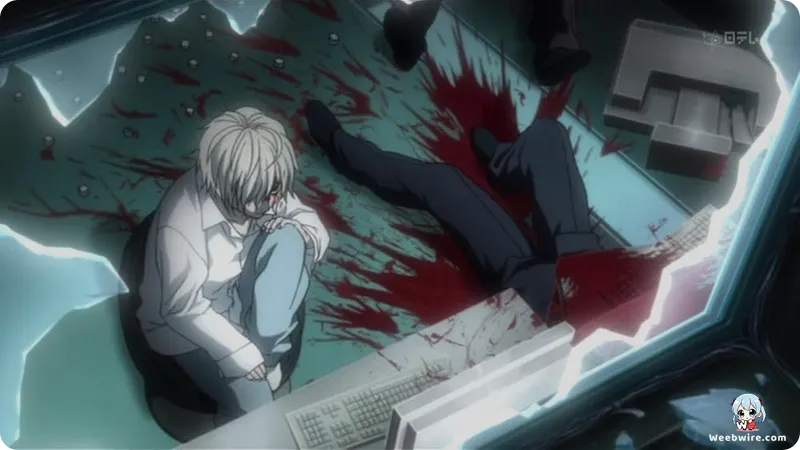
Beyond the Relight Films: Deepening the Lore
Beyond the Relight films, the broader Death Note universe is replete with intriguing details that enrich its complex narrative. Ryuk's insatiable craving for apples, for instance, isn't just a quirky habit; the lore dictates that Shinigami experience severe withdrawal symptoms without them, akin to human addiction. Symbolically, the apple aligns perfectly with themes of temptation and forbidden knowledge, making it a fitting motif for Ryuk's role in Light's descent into madness. Manga writer Tsugumi Ohba humorously stated he chose red apples for their striking visual contrast against the dark aesthetic of the Shinigami realm and as a direct nod to the "forbidden fruit" from biblical narratives, showcasing the series' blend of practical design and profound thematic depth.
Similarly, the eccentric habits of the brilliant detectives—L, Near, and Mello—are deeply character-defining and contribute significantly to their unique personas. L's iconic squatting posture, which he claims enhances his deductive reasoning by increasing blood flow to the brain, and his constant consumption of sugary sweets to fuel his intense cognitive processes, are integral to his portrayal. These habits visually contrast with his unparalleled intellect, making him an unforgettable character. Near's meticulous toy-building and hair-twirling, and Mello's persistent chocolate consumption, serve as more than mere quirks; they function as stress relievers or focus mechanisms, subtly humanizing these hyper-logical minds and providing insight into their coping mechanisms under immense pressure.
A fascinating behind-the-scenes fact from the manga's inception reveals a pilot chapter that introduced a "Death Eraser"—a hypothetical tool that could revive those whose names were written in the Death Note. Creators Tsugumi Ohba and Takeshi Obata ultimately removed this concept to heighten the stakes and ensure the consequences of using the Death Note were irreversible. This crucial decision solidified the series' dark, philosophical tone and emphasized the chilling finality of Light's choices, making the narrative far more impactful and morally complex.
The creative duo themselves are as intriguing as their creation: Tsugumi Ohba, the brilliant writer, remains largely anonymous under a pseudonym, adding to the series' mystique and allowing the work to speak for itself. Takeshi Obata, the prodigious illustrator, is celebrated for his meticulous character designs, dynamic action sequences, and atmospheric artwork, all crucial in bringing Ohba's complex narrative to vivid life. His distinctive artistic style significantly contributed to the anime's striking visual identity and its remarkable ability to convey deep psychological states and moral dilemmas through imagery.
Symbolism abounds throughout Death Note, enriching its layers of meaning. The visual contrast between Light and L, often depicted with stark lighting and opposing color palettes, subtly conveys their moral opposition and the duality of justice versus evil. Classical music in the anime frequently foreshadows impending doom or significant plot developments, adding an auditory layer of tension and gravitas. Furthermore, subtle religious allusions, particularly those referencing biblical narratives and concepts of divine judgment, invite deeper philosophical analysis into the series' exploration of morality, power, and fate.
Finally, a persistent fan misconception that circulated for years was the "L Lawliet" rule—a myth suggesting that if L's full name was written in the Death Note, anyone he touched would also die. This fan-created theory, though untrue within the established lore, highlights the intense engagement and passionate discussions Death Note sparked among its audience, cementing its legacy as a cultural phenomenon that transcended its original medium. The Death Note: Relight films, with their unique framing and added scenes, truly offer a fresh lens through which to appreciate one of anime's most iconic and thought-provoking sagas, proving there's always more to uncover and contemplate within its intricate world.
Credits
Death Note: Relight
Author
Tsugumi Ohba (Story), Takeshi Obata (Art)
Cover Art
Takeshi Obata
Studio
MADHOUSE
Publisher
Shueisha
Producers


